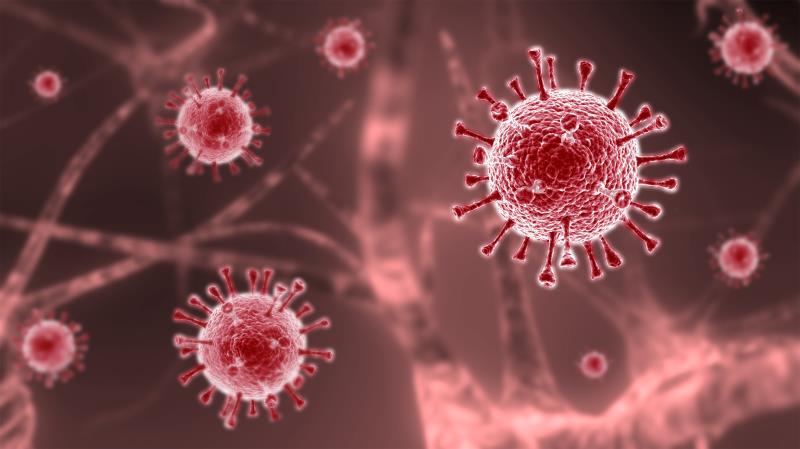COVID-19 progression relatively common, mortality rate low





The coronavirus disease 2019 (COVID-19) develops into a severe disease in about a quarter of patients and leads to death in around 6 percent, according to a recent meta-analysis.
“[W]e provide a large systemic review regarding the clinical features and associations with severe COVID-19 disease,” researchers said. “These data can inform healthcare providers and policy decision makers as to how best to identify and monitor patients at most risk for the development of severe COVID-19 as well as to identify vulnerable populations where special measures to prevent COVID-19 transmission may be needed.”
The overall analysis included 188 studies, while a total of 258 investigations provided data for subgroup analyses. Most (n=122) of the studies were of high quality, 90 were of medium quality, and none were of low quality, as assessed by the Newcastle-Ottawa Scale. [J Med Virol 2020;doi:10.1002/jmv.26424]
The pooled mean age of COVID-19 in the overall pooled population was 46.7 years and did not differ between those inside and outside mainland China (p=0.1). There was a slight preponderance of males (51.8 percent), which remained true even when stratifying according to region.
Polymerase chain reaction (PCR) testing alone was the most common method of diagnosing COVID-19, used in 89.6 percent of the included studies, while nine reports used a combination of PCR and chest imaging. Only one study used a serum antibody test alone for diagnosis.
The pooled mean incubation period of COVID-19 was 5.3 days in the overall cohort, while the average time from onset of illness to the first hospitalization was 5.5 days.
Patients most frequently presented with fevers (78.8 percent), followed by coughs (53.9 percent). Rhinorrhoea was uncommon (7.5 percent), unlike other respiratory viral infections. Over 10 percent of the patients were admitted to the intensive care unit, and 7.1 percent needed mechanical ventilation.
COVID-19 developed into a severe disease in 22.9 percent of the patients. Those with severe disease were more likely to be male (p<0.0001), older (p<00001), and have comorbidities such as hypertension (p<0.0001), diabetes (p=0.0005), malignancies (p=0.03), and chronic renal (p=0.01), lung (p=0.02), or heart (p=0.002) diseases.
Shock (p<0.0001) and cardiac injuries (p=0.01) also occurred more frequently in patients with severe COVID-19. The mortality rate was 5.6 percent, although it varied significantly across different regions (p<0.0001).
“With regard to presenting symptoms as potential predictors for disease progression, abdominal pain, an infrequent symptom, was notably strongly associated with severe COVID-19 disease,” the researchers said. “Those who present with abdominal pain should be more closely monitored for rapid decompensation.”
They also noted that albumin levels are lowered in those that develop severe COVID-19, which suggests that malnutrition may play a potential role. Further studies are needed to confirm this, particularly as the pandemic is starting to spread to countries where proper nutrition remains a problem.
In addition, “as the pandemic spreads across the globe, additional data have become available for other regions not well represented in this study; therefore, more updated review and meta-analysis providing data for more regions of the world are needed,” the researchers said.